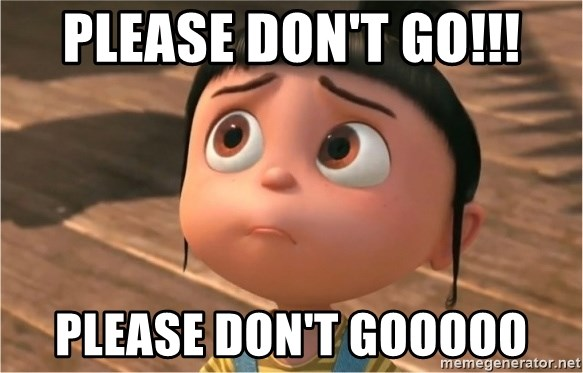About minimum unit pricing for alcohol.
There’s been a lot of talk recently about the introduction of minimum unit pricing for alcohol in Ireland. The government is considering introducing this as a measure to combat problem drinking. I actually support this idea, but also have some side notes.
I’ve had a number of people sending me questions about this and also a number of people making jokes about me having to get a second job when this happens.
These people don’t understand how this works and that these measures have no impact on me personally.
Let me explain.
This system is already in place in Scotland. In Scotland, you calculate the number of units in a drink as follows:
Serving size in litres x ABV.
So if you have a 5% beer in a 500ml/0.5 liter can, this can contains 0.5x5= 2.5 units.
A bottle of wine at 14% is 0.7x14=9.8 units and so on.
The government then sets a minimum price per unit and that is then minimum price that is has to retail for.
So let’s say that the unit price is 60 pence, that would mean that our example can of beer must cost at least £1.50.
The bottle of wine would cost at least £5.88.
In Ireland, it’s going to work slightly different. The formula that will be used her is as follows:
Serving size in litres
X ABV
/1.25
So let’s do a couple of examples that show that this doesn’t matter to me because I nearly always drink top shelf booze.
Let’s take my favorite beer, Galway Bay Brewery Of Foam And Fury Double IPA.
It’s sold in 33cl cans at an ABV of 8.5%.
According to the formula this would have a minimum price of around €2.25.
I currently pay €4 or €4.25 depending on where I buy it.
A bottle of Teeling Small Batch whiskey would have a minimum price of 0.7x46%/1.25 = €25.76. The current retail price is typically around 35-36 Euro.
So I’m good because it has no impact on me personally.
Now let’s say you have a less discerning taste. Let’s say you drink Karpackie, a Polish budget lager that currently retails at €5 for a 4pack.
It is 5% alcohol and comes in 500ml cans.
So this would have to sell at 0.5x5/1.25= €2 per can, or €8 for a 4pack.
That’s an increase of 60%.
Let’s do another example- Samuel Joe’s Straight Kentucky Bourbon from Aldi.
This currently goes for €14.49 a bottle.
Under the new guidelines, this bottle would have to cost at least 0.7x40/1.25= €22.40, an increase of about 50%.
I can go on giving examples but the point is clear: when you drink top shelf alcohol, like me, this is of no consequence to you.
When you drink cheap crap, however, you will be hit considerably by these measures.
The idea, as the government explains it, is that this is supposed to prevent supermarkets from sell dirt cheap lager or cider, which is then picked up, mainly, by people from poor neighborhoods, where a lot of people are on wellfare and do nothing but drink all day, resulting in domestic violence, vandalism and fights.
This, in itself, is a good idea. The problem is though, the people they are targeting, the problem drinkers and long time welfare recipients, aren’t exactly the most scrupulous operators.
If their beer goes up in price, they won’t buy less beer. They cut that money off the family food budget, or their children’s new clothes. Problem drinkers are problem drinkers for a reason. They prefer getting drunk on Druid’s cider every day over holding down a job, or properly feeding their family, or buying clothes for their children, relying on welfare to pick up the bills.
I know this is a bit of a generalization and that not all problem drinkers are poor welfare recipients but, by and large, this is how it is.
It is to be seen how effective these measures will be.
In the meantime, I’m going to grab another can of craft beer that sells at about 3 times the minimum unit price.
Cheers!
Lennard










Comments
Post a Comment